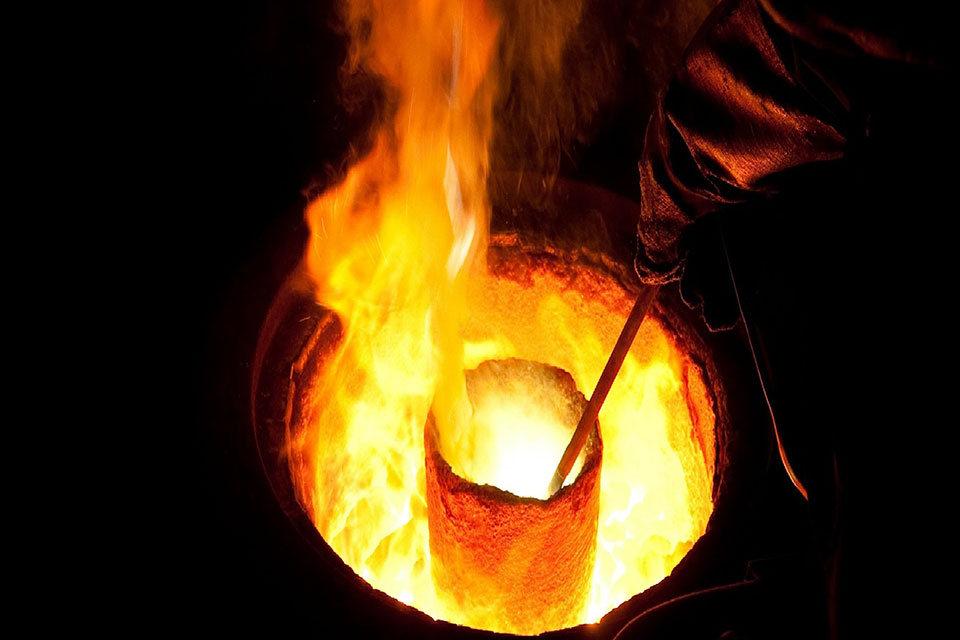Steel and mill products – how to create a request for proposal

E-shopping is a specific process that changes the companies hitherto method of procurement. A procurement platform simplifies and standardizes the construction of requests for proposals, but there are industries that require special preparation of a request for proposal. The characteristics of these areas of procurement defines what information should be included in the request. It also defines other elements of the request for proposal, such as the minimum amount of goods for which the demand is submitted. Steel and mill products are a part of such a specific category. Here are the principles that should guide the design of requests in this field.
Exhaust the logistics minimum
It is very important to realize what is the logistics minimum that guarantees the provider profitability of the proposal submitted in response to the request. Steel and milling products are specific and very broad category of goods. Therefore, some products (such as steel bars), the unit price of which is low, will require the buyer to aggregate the volume of demand. Only exceeding the logistics minimum opens the way for us to obtain a high amount of competitive proposals. Of course, the general principle of “greater quantity – lower price” also applies here.
Carefully describe the subject of the order
Steel and mill products are a very broad product category. For example, steel grade is very important, which is to be used for the production of the goods we order. The technological process, which produces the goods ordered by us (pulling, rolling, forging, etc.), is also important. Indeed, each production step (selection of the raw material, method of manufacturing, etc.), affects both the parameters and the price of the goods offered by the supplier. If the description of the subject of the order does not contain data allowing to unambiguously identify the needs of your company, you must reckon with a minimum amount of proposals and definitely above-average number of supplementing questions from suppliers. In the description of the request you should include:
• Accurate description of the subject of the order
• Requirements pertaining to the subject of the order (eg. required certificates and attestations)
• Warranty conditions and possible contractual penalties
• Conditions for submission of proposals and delivery and payment
Add technical drawing
Many steel products, especially machine parts or transport components (eg. in railways) are very specific and unique elements. Description, or even a picture is not enough for the supplier to be able to assess how complicated is the given product and thus what will be its price. One may even risk saying that the technical drawing for this type of requests is the primary element of information that the buyer must provide the supplier with. It is obvious that the drawing should be done properly and in a readable manner. One should also pay attention to the fact that its description should be in Polish. Despite the high level of service, many companies in the steel and milling industry have not traversed the language barrier yet. If it is not possible to provide a drawing with a description in Polish, it is good to add a mini glossary as an attachment, explaining the most important terms for the contractor.
To sum up, you should remember to set the optimum duration of the request (the more complicated, the longer it should be), and do not plan its “life time” to fall on public holidays. Sticking to these rules shall provide us with satisfactory responses from suppliers in quantitative and qualitative terms.
